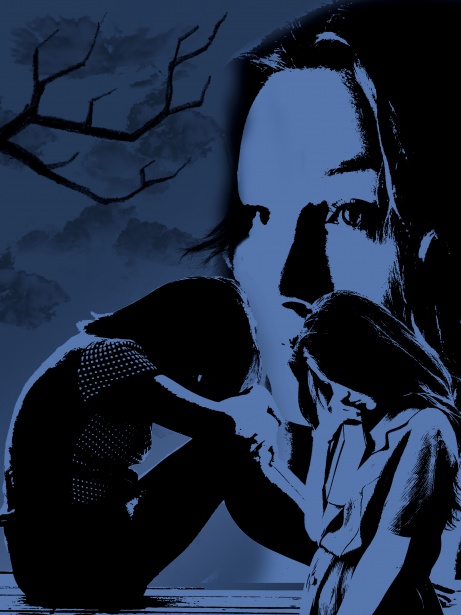Seasonal depression and Oregon weather
March 3, 2020
Whether you’ve been a longtime Oregon resident or just recently arrived, you were probably prepared for the dark and rainy days of fall, winter and even into spring. But that doesn’t mean you’re immune to the effects of seasonal depression.
According to Web MD, seasonal depression, or seasonal affective disorder, is a mood disorder that causes depression and commonly affects young adults who live in the colder and gloomier places in the world. While McMinnville is no Alaska, our total rainfall exceeds the national average and it feels like the cloudy days often outnumber the sunny ones.
Many students who come from warmer climates have a hard time adjusting to the everyday reality of dark clouds and rainy weather throughout their time at Linfield.
“The rain and cloudiness definitely affects my mood, especially growing up where it’s sunny all the time,” said senior Riley Clayeux. “It’s probably the worst when there are consecutive days of dreariness.”
But not all students dread the rainy weather that Oregon has to offer.
“I do know people who get seasonal depression but rain makes me feel cozy,” said junior Lily Hulsman. “Rain brings life to plants, trees, bugs and animals which is wonderful!”
Symptoms generally start in the fall or winter and end in the spring or early summer when the sunny days return. The warning signs are the same as depression: less energy, trouble concentrating, fatigue, greater appetite, weight gain, etc.
Antidepressants are frequently used to treat this disorder, but many doctors recommend a more natural form of treatment: get outside early in the morning to get more natural light.
But there is some good news: spring is here and the dark days are becoming fewer and far between. So go outside and enjoy the sun when you can.

